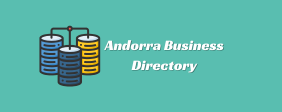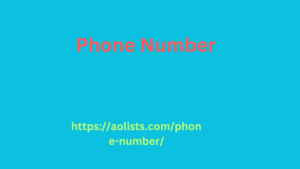applications are essential tools for businesses and organizations to extract insights from their data. These applications offer a wide range of features, from data integration and cleaning to advanced analytics and visualization.
Business Intelligence (BI) Platforms
- Tableau: Renowned for its intuitive interface and powerful visualization capabilities.
- Power BI: Microsoft’s cloud-based BI platform, offering deep integration with other Microsoft products.
- Qlik: Known for its associative analysis capabilities, allowing users to explore connections and patterns.
- SAP Analytics Cloud: A comprehensive BI platform from SAP, integrating with other SAP products.
- Oracle Analytics Cloud: Oracle’s cloud-based BI platform, offering a wide range of analytics features.
Statistical Data Analysis Analysis Software
- SPSS: A popular statistical software package widely used in academia and industry.
- SAS: A comprehensive statistical software suite with advanced analytics capabilities.
- R: A free and open-source statistical Phone Number programming language, offering a vast ecosystem of packages and libraries.
- Python: A versatile programming language that can be used for , with popular libraries like NumPy, Pandas, and SciPy.
- MATLAB: A powerful mathematical computing environment, often used for and visualization.
Data Mining and Data Analysis Machine Learning Tools
- RapidMiner: A user-friendly data mining platform with a drag-and-drop interface.
- KNIME: An open-source data analytics platform with a visual workflow interface.
- Weka: A popular open-source machine learning software package.
- TensorFlow: A popular deep learning framework from Google.
- PyTorch: A popular deep learning framework from Facebook
Data Visualization Tools
- D3.js: A JavaScript library for creating custom data visualizations.
- Plotly: A Python and JavaScript library for creating interactive visualizations.
- Bokeh: A Python library for creating interactive visualizations, similar to Plotly.
- Seaborn: A Python library built on top of Matplotlib, providing a high-level interface for creating attractive statistical visualizations.
Cloud-Based Data Warehouses
- Amazon Redshift: A cloud-based data Asia Mobile Number warehouse from Amazon Web Services.
- Google BigQuery: A serverless data warehouse from Google Cloud Platform.
- Snowflake: A cloud-based data warehouse known for its scalability and performance.
- Business Needs: Identify the specific analytical AFB Directory requirements and reporting needs of your organization.
- Data Volume and Complexity: Consider the size and complexity of your data to determine the appropriate storage and processing capabilities.
- Scalability: Ensure the application can handle future growth in data volume and complexity.
- Integration Capabilities: Evaluate the application’s ability to integrate with your existing data sources and systems.
- Performance: Consider factors like query performance, data loading speed, and resource utilization.
- Cost: Evaluate the total cost of ownership, including licensing fees, maintenance costs, and hardware requirements.

